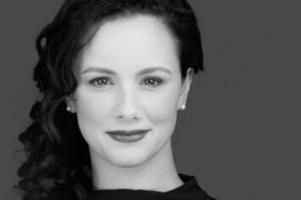Why catastrophe bonds are gaining ground with institutional investorsBY MARTIN REA | FRIDAY, 11 APR 2025 2:12PMRecent market volatility is a timely reminder of the value of investments that move independently of interest rates and broader market moves. As the search for resilient, uncorrelated ... Upgrade your subscription to access this article
Join the growing community of superannuation
professionals with unlimited access to our latest news, research and analysis of the industry.
Become a premium subscriber today. |
Latest News
Mercer SmartPath returns exceed 12%
|Mercer Super Trust's default lifecycle option made more than 12% p.a. for the 2025 financial year for members aged between 18 and 52.
Future Group reveals super fund returns, fee changes
|Future Group has revealed the returns for smartMonday, GuildSuper and Child Care Super while also announcing a fee reduction.
AustralianSuper's MySuper option returns 9.5%
AustralianSuper's MySuper option delivered 9.5% p.a. for members in the 2025 financial year, slightly trailing behind its peers.
Cbus, Rest deliver 'strong' returns amid heightened volatility
Cbus and Rest have reported their results for the financial year ending June 30, sharing common themes in success from both domestic and global investments.
Further Reading
Cover Story

Climbing to the top
DANIEL SHRIMSKI
MANAGING DIRECTOR
VANGUARD INVESTMENTS AUSTRALIA LTD
MANAGING DIRECTOR
VANGUARD INVESTMENTS AUSTRALIA LTD
Vanguard Australia managing director Daniel Shrimski is determined to propel the investment giant's superannuation product into the top 10 funds by assets under management by 2030. It's an audacious goal, even for a fund backed by the world's second largest asset manager. Andrew McKean writes.























